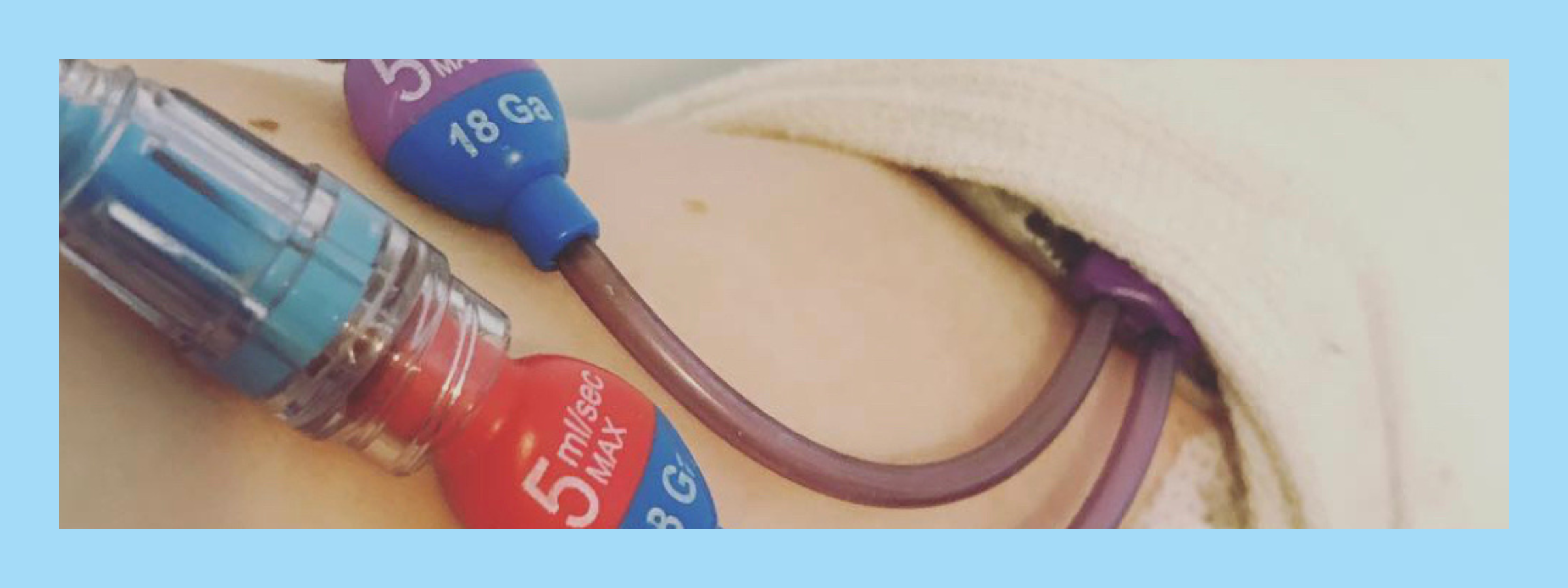
Adjusting to Life with a PICC Line
What are safety issues with a PICC line?
Having a PICC line means you have to do a few things differently. While you'll be able to do most things, you'll need to be careful around certain things, like activities that involve arm movement, as it can displace your PICC line. Even though a PICC line requires some getting used to, it is worth the effort!
When should I be worried about my PICC line?
- Redness
- Tenderness
- Leakage
- Swelling
- Bleeding
How do you relieve PICC line pain?
-
Apply a warm pack to the PICC line area for 30 minutes, every 2 hours for the first 24 hours.
-
Take ibuprofen. Three times a day with meals for the first 3 days or as directed by your doctor. This will help prevent inflammation and soreness.
What are the complications of a picc line
1. Contact Sports
Avoid sports like football or ruby.
2. Avoid heavy lifting
Any heavy lifting over 5 to 10 pounds must be avoided, including backpacks and handbags.
3. Sharp Objects
Keep away from all sharp objects.
4. Pets
Keep your pets away from your PICC lines.
5. Keep it dry at all times
If your PICC line does get wet, immediately try to dry the area and call your doctor to schedule an emergency dressing change. The sooner your dressing is changed, the lower the risk of infection.
6. Don’t have any of the following on the arm where your PICC line is placed.
Needle sticks (such as for blood draws or an IV line)
Blood pressure measurements
Tight clothing or tourniquets
How long can a picc line stay in
It is possible to have the line in place for 6 - 8 months, which means you can maintain it throughout your treatment, limiting the amount of stress and pain associated with needles.
How often should a catheter be flushed
The line needs to be cleaned each week to prevent infections from forming. This is done by removing the plaster and using a wipe to clean around the tube exit area. Next a nurse will use a liquid to flush out any dirt or other medicines in the tube to make sure the inside is not clogged.
This can be a very odd feeling. For me it felt like cold water running through my veins. It may not feel nice but it doesn't take long! Blood samples can also be taken through the PICC line and reduces the need for multiple needle punctures in the arm.
Showering with a picc line
- You can have a bath or shower as normal but you must keep your line dry. A waterproof cast cover will be given to you by your doctor.
- Do not allow the PICC line to be submerged under water even if protected by a cover.
- Hot steamy showers may compromise the adhesive on the water proof dressing. Warm showers are preferable.
- Keep the dressing (or bandage) clean, dry, and secured to the skin. If it gets wet or torn, change it right away. Do not put lotions or ointments under the dressing
For more help read - 'How a PICC Line is Fitted'











Leave a comment
This site is protected by hCaptcha and the hCaptcha Privacy Policy and Terms of Service apply.